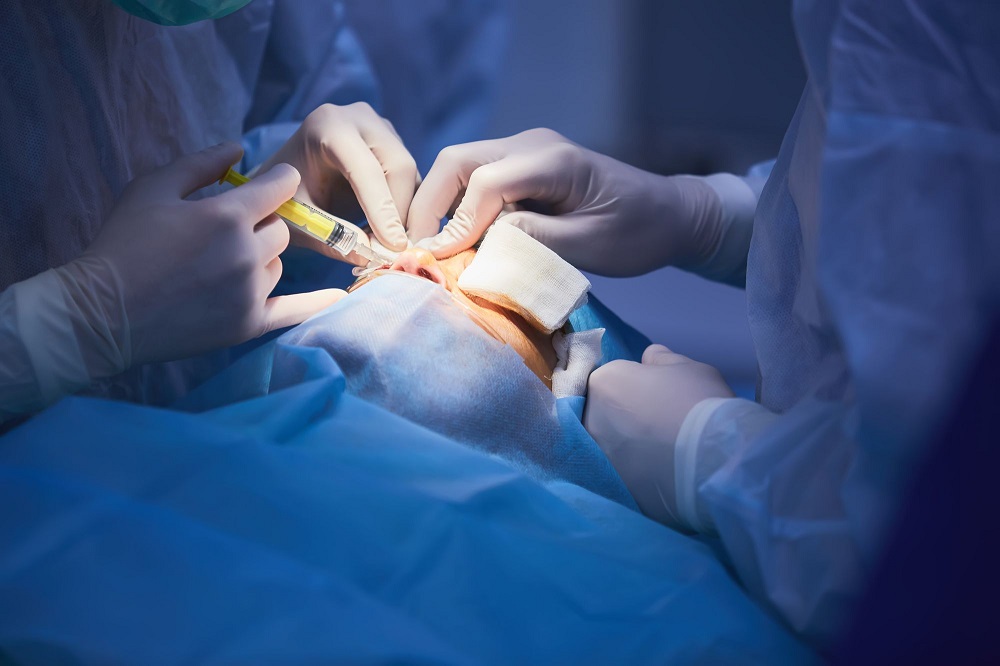Cardiac catheterization is done in a hospital’s cardiac cath lab. Your provider will inject numbing medicine underneath your skin with a needle and insert a plastic introducer sheath and catheter in a blood vessel (artery or vein) in your arm, neck, or groin. Using X-rays for guidance, cardiologists thread a thin tube, called a catheter, into blood vessels in your arm or leg and then into the heart. They may look for narrowed or blocked arteries, check oxygen and pressure, or remove a tissue sample to test for a disease.
It is a minimally invasive procedure
Cardiac cath is a minimally invasive, non-surgical procedure that provides valuable information on your heart condition. Your doctor can use it to understand the cause of symptoms such as chest pain and shortness of breath. The doctor can also identify narrowings and blockages in arteries. This information can be used to determine the best course of treatment. For instance, the procedure is done in a cardiac cath lab at Sam Lee Prospect Medical. Doctors use anesthesia to make you feel comfortable. The doctors will begin an intravenous catheter in your arm, groin, or leg. A cardiologist specializing in interventional procedures will insert a flexible, thin tube into your vein or artery and guide it toward the heart. The catheter is then dyed to allow an X-ray camera to take pictures of the heart and blood flow in real time. Your doctor may use a balloon-tipped catheter to open the artery, and a mesh tube known as a stent can then be placed to keep it open.
It is a valuable diagnostic tool
The cardiac catheterization lab (or cath lab) is a hospital room with diagnostic imaging equipment to see your heart’s chambers and arteries. The cath lab is used for cardiac procedures such as angioplasty. Your cardiologist can use the information obtained during cardiac catheterization to diagnose and treat heart conditions without surgery. Your doctor may use a ” balloon ” device to widen your blood vessels if the procedure shows your arteries narrowed or blocked. This will improve blood flow and prevent a heart attack. Your cardiologist may also perform other interventional procedures, such as rotablation. This procedure uses the tip of the catheter on the end to grind away the calcified deposits that have built up in your arteries.
It is a quick procedure
Cardiac catheterization is a safe and relatively quick procedure for diagnosing and treating heart conditions without open-heart surgery. A cardiologist inserts a thin plastic tube (catheter) into a blood vessel in your arm, leg, or groin and guides it to your heart or coronary arteries.
The cardiologist injects dye through the catheter and takes digital X-ray movies of your heart chambers, blood vessels, and valves to check for narrowed or blocked arteries and other abnormalities. The cardiologist may also use the catheter to perform an interventional procedure, such as angioplasty or stenting, to treat blockages in the arteries that supply oxygen to your heart. Your cardiologist can also use the catheter to perform an ablation procedure, which uses a tip on the end of the catheter to freeze or burn abnormal tissue that causes fast heart rhythms. This is usually done during a diagnostic cardiac catheterization but can be performed alone. Other catheterization procedures include rotablation, which uses a rotating diamond-coated tip to grind away plaque in your arteries, and intravascular lithotripsy, a treatment for calcium deposits.
It is safe
The cardiac catheterization laboratory is a quick and safe procedure to diagnose and treat certain heart conditions without needing open-heart surgeries. This minimally-invasive procedure involves inserting a thin, plastic tube into an arm or leg vein and then into your heart. The procedure can diagnose a narrowed or blocked blood vessel or a valve problem. It also checks the oxygen levels and heart pressure and determines if you have heart muscle diseases. It is well-known that radiation can cause injury to both patients and technicians in catheterization labs. Yet, implementing innovations that improve safety in operating rooms has been slow.
Moreover, these innovations need to address the unique risks of catheterization laboratories. Consequently, more research is needed to address human factors in the cardiac cath laboratory. The procedure is performed by a team of cardiologists, nurses, and radiology technicians who are specially trained in performing invasive diagnostic and interventional procedures.




